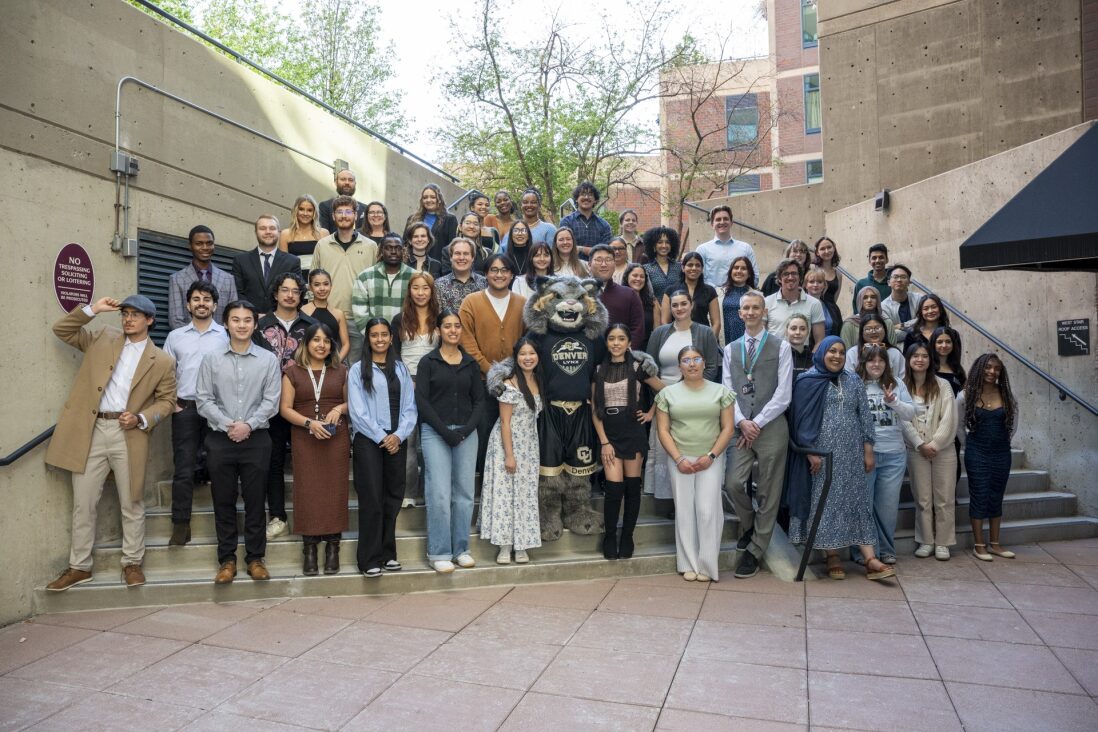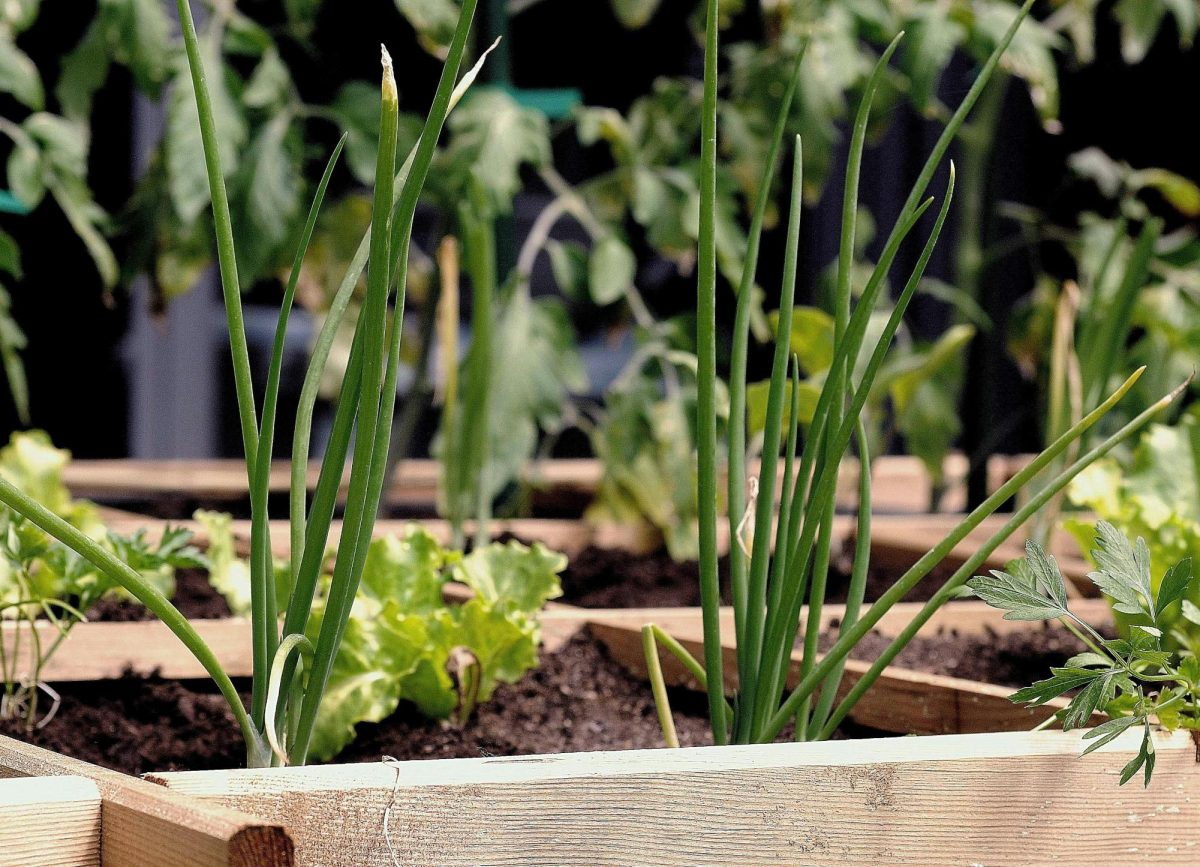Gardening offers many benefits, from growing your own vegetables to getting sunlight to performing a physical activity while improving your overall mood; there is something to be found for everyone in gardening.
The typical flat, in-ground garden tends to come to mind when thinking of gardening. However, ancient gardening techniques allow you to grow herbs and vegetables efficiently while making the most out of limited space and resources. These valuable practices are efficient and sustainable while creating a thriving garden right at home.
For students with limited space, container and vertical gardening are excellent solutions. Ancient urban civilizations grew food using pots and hanging gardens for their small spaces. You can recreate this by using containers of different sizes to grow herbs and vegetables on windowsills or patios. Containers also let you manage soil quality and move plants based on light needs.
Vertical gardening is another way to maximize space. Walls and trellises help support climbing plants like beans or cucumbers, and herbs can be stacked in tiers. Vertical gardening systems are available to purchase online, but it is cheaper and more fun to build your own. For example, you can repurpose an old wooden pallet by adding a liner and soil, or use a shoe organizer with plants in each pocket. These DIY solutions are creative ways to add greenery to your home.
For students with backyard space, using ollas might work well for you. Ollas are unglazed clay pots buried near the roots of plants that slowly release water as the soil dries. This technique, dating back to ancient Chinese and Roman civilizations, reduces water waste by giving plants moisture only when they need it. You can either buy or make ollas at home from new or used terracotta pots. All you have to do is bury the olla in your garden so that just the top remains visible, then fill it with water. This is the perfect method for drought-prone areas or forgetful gardeners.
Another ancient technique comes in that helps with keeping plants properly watered are mounds. Also known as “hügelkultur,” mounds were used by many ancient cultures to improve soil moisture retention and fertility. Building raised beds or mounds filled with organic matter like compost, leaves, and wood helps your garden retain moisture and slowly release nutrients to your plants. Once the mounds are built, you can plant directly on top of or around them, which creates a garden that requires less watering and maintenance. Ancient Indigenous cultures across the Americas used similar techniques to grow crops in various climates. This technique can be combined with the use of ollas for more consistent watering.
Ancient gardening techniques are not just effective but also sustainable. Whether you have limited space or a large backyard, you can grow your own food while contributing to a more sustainable future. So, grab a few pots and some seeds, and start building your own ancient-inspired garden today!

















